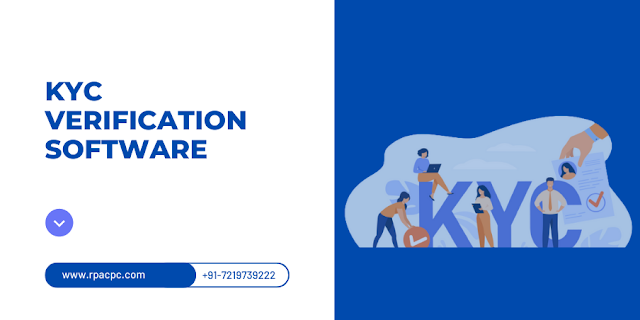The Ultimate KYC Identity Verification Checklist for Businesses
Companies face many challenges when it comes to protecting sensitive information and ensuring compliance in today’s digital environment. One such challenge is Know Your Customer (KYC) identity verification. Under KYC regulations, companies are required to ensure the identity of their customers to reduce the risk of financial crimes such as money laundering and fraud. Implementing a robust KYC identity verification process is essential for companies to maintain trust, comply with regulations and protect against potential legal and financial consequences.
To understand KYC identity verification
Before diving into the structured checklist, it is important to understand the basics of KYC identity verification. KYC is a way for businesses to verify their customers by collecting relevant information and documents. These policies help employees assess a client’s risk profile and ensure they are not involved in illegal activities.
KYC is important for businesses
KYC compliance is not just a legal requirement; It is also an important part of risk management for businesses. By taking care of customers, companies can do the following:
Reduce financial risk: KYC helps companies identify high-risk customers who may be involved in fraudulent activities, thereby reducing the risk of financial loss.
Enhance trust and confidence: Implementing a robust KYC process builds trust and confidence among customers, fostering strong customer relationships and brand reputation.
Ensure compliance: Compliance with KYC regulations is mandatory for businesses operating in regulated sectors such as finance, banking and e-commerce etc. Failure to comply may result in heavy fines and legal consequences.
KYC Identification Verification Checklist
Now, let’s explore the essential elements of a comprehensive KYC identity verification checklist for businesses:
i]. Customer data collection
Personal Information: Collect basic information such as name, date of birth, address and contact information.
Identification Documents: Obtain copies of government-issued documents such as passports, driver’s licenses, or state ID cards.
ii]. Verification of identity documents
Document Management: Use advanced authentication tools to verify credentials and detect any signs of tampering or forgery.
Biometric verification: Use biometric authentication methods such as facial recognition or fingerprint scanning for added security.
iii]. Screening of Watchlists
Clearance lists: Check client information against international clearance lists to ensure anti-money laundering (AML) compliance.
Politically exposed persons (PEPs): Screen applicants for any relationships with politically exposed persons or high-risk persons.
iv]. Quantitative risk assessment
Risk Profile: Assess the risks associated with each candidate using factors such as economic activity, geographic location, and industry.
Enhanced due diligence: Thoroughly screen high-risk customers to gather additional information and mitigate potential risks.
v]. Continuous activity monitoring
Transaction Monitoring: Implement systems to monitor customer behavior and identify any suspicious or unusual activity.
Periodic reviews: Conduct regular reviews of customer data to ensure it is accurate and up-to-date.
Conclusion
Implementing a robust KYC identity verification process is essential for businesses operating in today’s regulatory environment. By following the comprehensive due diligence process outlined above, businesses can reduce financial risk, increase trust and confidence, and ensure compliance with regulatory requirements. By prioritizing KYC compliance, businesses can protect their operations, protect their customers, and contribute to a safe and secure business process.




Comments
Post a Comment